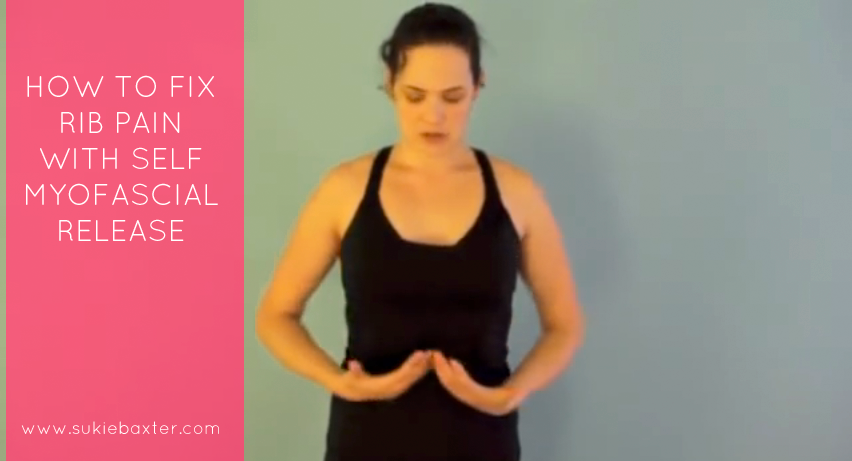Are you stuck at a desk job, sitting all day long? That’s probably THE biggest complaint I hear on a daily basis. You go to work and sit for eight hours, getting up just long enough to fetch lunch (if you’re lucky) and then right back to sitting again. And at the end of the day, you’re so tired from sitting, you collapse on the couch and sit some more!
Believe it or not, sitting still is exhausting, especially if you’re doing it wrong. I definitely know all about this. Before I went off to Rolfing School, I pretty much worked exclusively in offices, answering phones and managing a never ending tornado of paper. My back has never hurt so much as it did daily when I was working in front of a computer all the time.
Of course, you should have a good strength and stretching program in place to make sure all your muscles are getting worked on a regular basis, but if you need a little quick relief for your aching back, try this simple stretch.
Sidenote: the brilliance in this stretch (called Child’s Pose in yoga) is not in flopping down into it, limp as a noodle. Reach out behind you with your tailbone while at the same time stretching your fingertips further in front of you on the mat. This gives your spine a gentle traction and creates space between each of the vertebra.
And for an extra bonus, I show you how you can get some very gentle spinal traction just using the ground and nothing else. Basically, you start from a seated position and roll your back down on to the floor, imagining that you’re setting down one vertebra at a time and then stretching as much as you can before setting the next one down. By the time you’ve got your back all laid out on the floor, you’re getting a gentle stretch down the length of your spine that you can hold for five to ten minutes, or longer if you like!
Of course, if you have spinal injuries of any sort, check with your doctor before doing any type of exercise, including these. You don’t want to put yourself in danger of further damaging your back!
